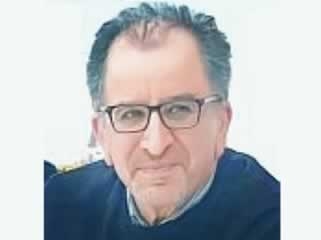Zabih Ghassemlooy
Affiliation
Publication Topics
Biography
Zabih Ghassemlooy (Senior Member, IEEE) received the C.Eng. and B.Sc. (Hons.) degrees in EEE from Manchester Metropolitan University, in 1981, and the M.Sc. and Ph.D. degrees from Manchester University, in 1984 and 1987, respectively.,In 2014, he joined the Faculty of Engineering and Environment, Northumbria University, Newcastle upon Tyne, U.K., as an Associate Dean of Research, where he is currently the Head of the Optical Communications Research Group. He has been a Distinguished Professor and a Research Fellow with the Chinese Academy of Sciences, Beijing, China, since 2015 and 2016, respectively.
The Role of Optical Wireless Communication in the Next Generation Wireless Networks
The next generation wireless network (i.e., 6G and beyond) is expected to utilise multiple technologies to deliver multi-functional services to the ned users. Thess could include, sensing and data communications, localization and data communications, sensing and localisation, etc.
In this scenario it would be essential to utilise both the radio frequency and light (visible and infrared) spectrum t ensure quality of services as well as meeting the global energy efficiency and resource utilisation agenda. In this talk the focus will be on the optical wireless communications that is intended for short range indoor and outdoor applications within the context of wireless Internet of Things.
The talk will give an overview on the topic as well as outlining current research works carried out within the Optical Communications Research Group at Northumbria University.


